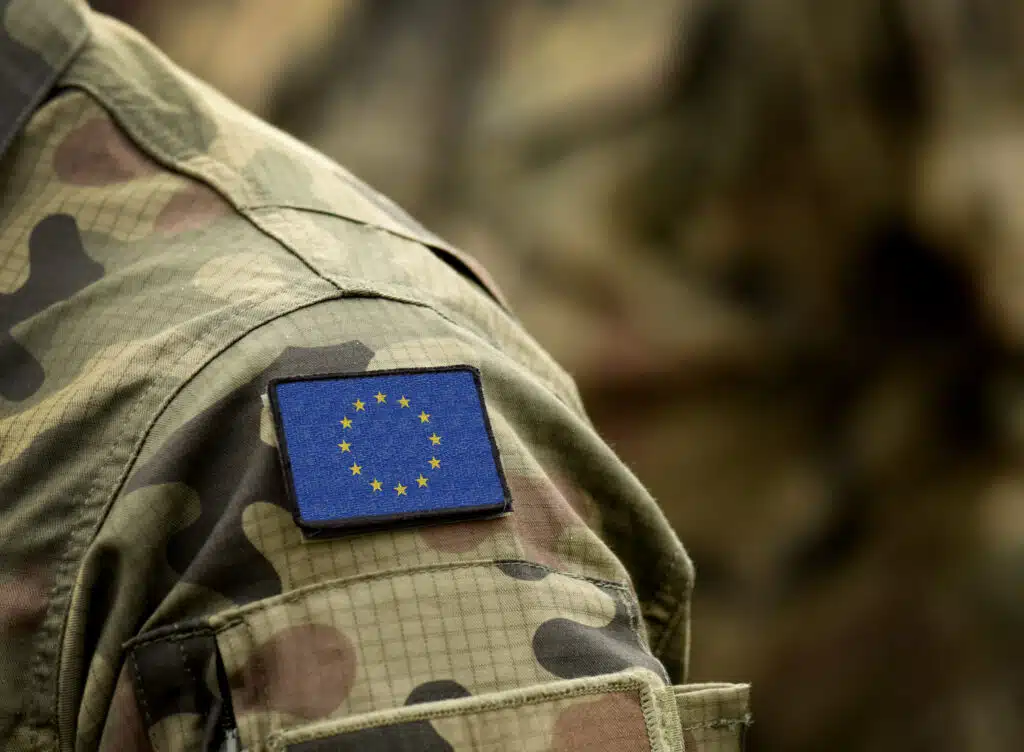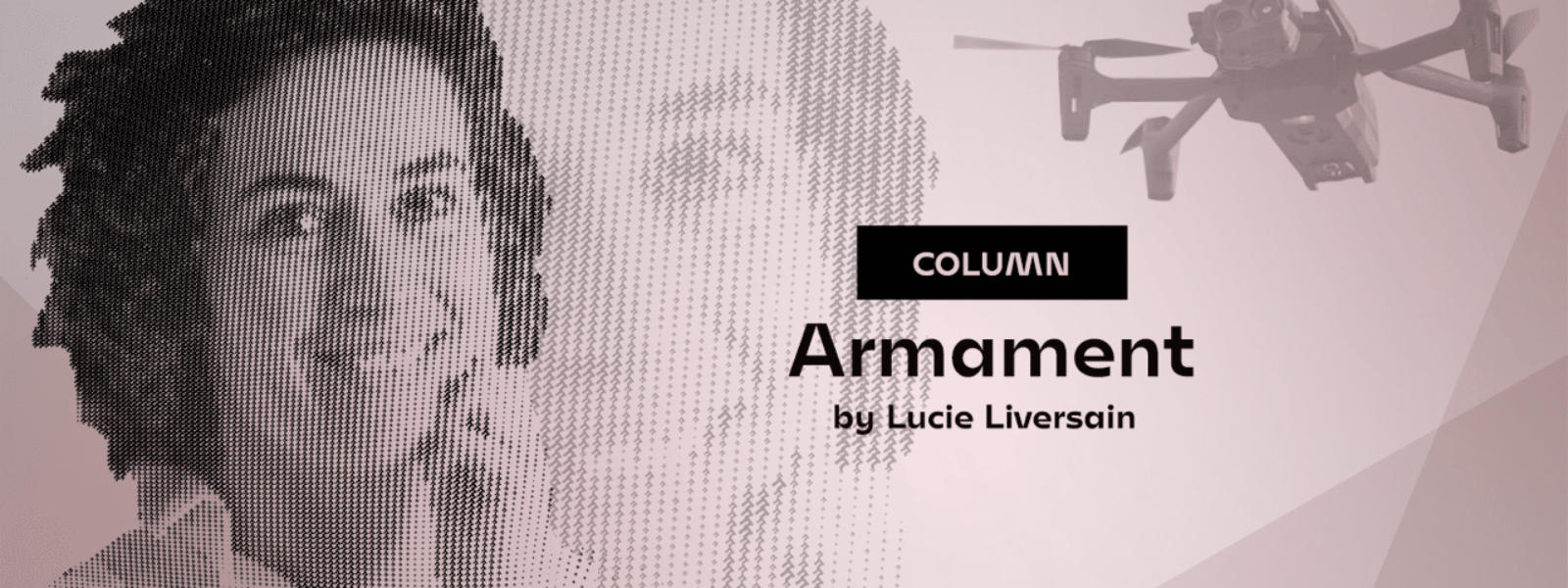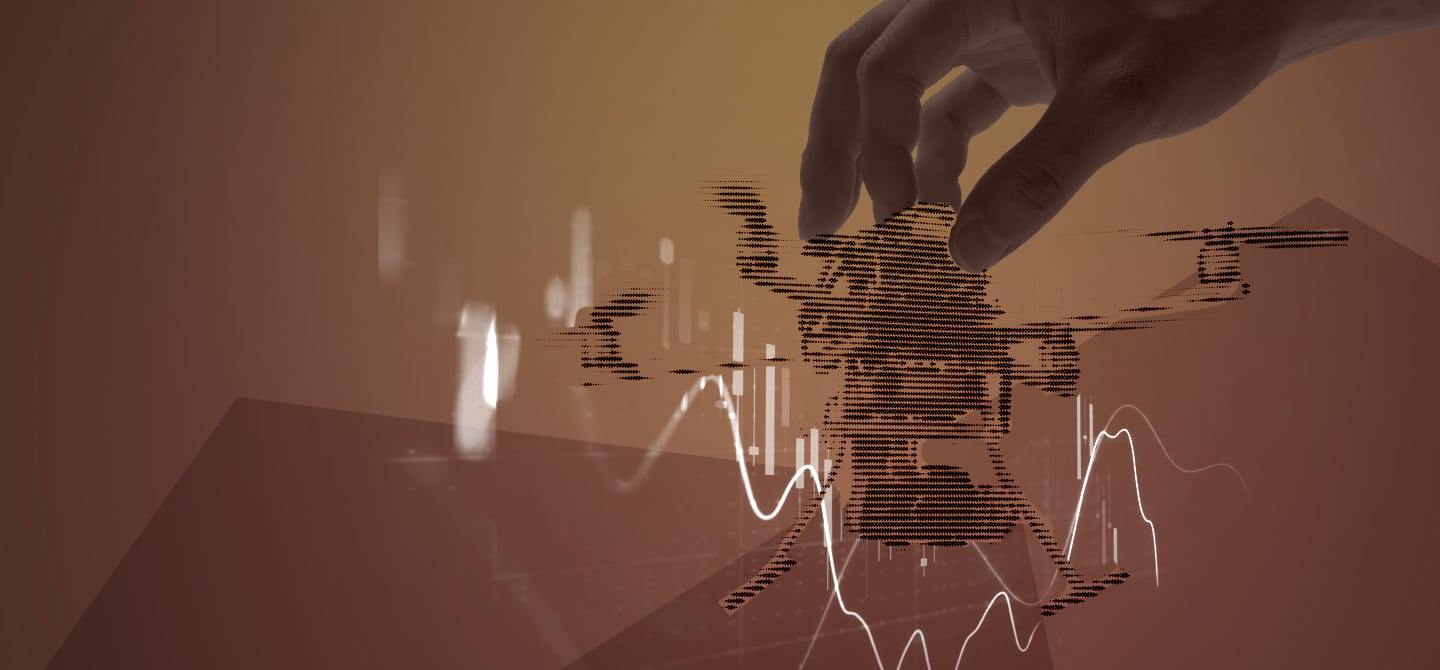“In the absence of an army, Europe will have to cooperate”
- The technological complexity of military capabilities contributes to the increasing cost of armament programmes: faced with budgetary constraints, it is increasingly difficult to maintain an army with full-spectrum capabilities.
- For medium-sized powers such as France and the UK, maintaining their military capabilities has been a cooperative process for a number of decades.
- However, major programmes conducted between allied states and involving large industrial companies are complex to implement and the distribution of project management between partners reinforces a prescriptive approach to the detriment of innovation.
- Faced with the emergence of New Space and dominant private players in certain AI, cloud and other technologies, cooperation is expanding to include a nebulous number of new players.
- These European innovation ecosystems still seem to be missing a “ringmaster”, like the DARPA in the United States.
Recent events in Ukraine have brought the issue of defence to the forefront in Europe. Full autonomy in this area presupposes an army with full-spectrum capabilities. Meanwhile, the USA and China have the means to finance this, whilst at the same time developing the full range of defence technologies, the issue is different for smaller states, including medium-sized powers such as the UK and France, which have retained their ambitions in this area.
The financial challenge
The debate, traditionally held at a parliamentary level, is hampered by the severe budgetary constraints that lie ahead. In France, a recent report by the Court of Auditors highlights the need to make trade-offs in order to avoid across-the-board budget cuts that would impair overall performance. Instead, investments should be made in those capabilities deemed crucial (such as certain major programmes for the Air Force and the Navy, intelligence, cyber defence, or space), and European and NATO cooperation should be encouraged for the rest.
Within the framework of NATO, one option favoured by many European countries is the off-the-shelf purchase of American equipment. However, such purchases are not without strategic consequences, since the use of such equipment is partly regulated by the United States, which has specific regulations (International Traffic in Arms Regulations, ITAR) to control the manufacture, sale and distribution of defence and space-related objects and services. For instance, the urgent acquisition of Reaper UAVs by the French armed forces to make up for a shortfall in MALE UAVs, which is particularly necessary in the Sahel theatres of operation, was only possible by accepting one of the conditions imposed by the American side: the United States’ right of veto on the use of UAVs in operations.
This is why a number of European countries, led by France, are pushing the idea of “strategic autonomy”, which includes cooperative weapons programmes.

Working towards European autonomy
But on what scale should this be implemented: for the EU as a whole, or simply between a few countries? The creation of the European Defence Fund in 2020 represented a significant step forward in European cooperation on security and defence issues. But it also highlights the difficulties: its creation was heavily debated, both on the size of the envelope and on its very existence. During the negotiations, at the instigation of the Finnish Presidency, its appropriations were reduced from €13bn to €7bn. Nevertheless, this fund confirms the will of Europeans to support the construction of a coherent capability, which is essential to meet the “ITAR-free” objective1 of European strategic autonomy.
The design of military equipment is a complex matter and, even between close allies used to working together, cooperation is not at all straightforward: armies’ doctrines of use may differ, and industrial players are caught up in the logic of “coopetition”. The development of new capabilities via a project management system shared between several European countries also comes up against tensions between the short term and the long term, bearing in mind that armaments programmes often run over one or more decades. A recent example is the Future Air Combat System (SCAF), a cooperation between France, Germany, and Spain. This programme came under pressure when, worried about the crisis in Ukraine, Germany decided to increase its defence budget significantly but opted to acquire the F‑35; at the same time the French, as is often the case, put forward their ambitions in terms of their strategic capabilities, as can be seen from Dassault Aviation’s statements highlighting its « capacity to take on the programme alone ».
Technological needs
Aside from these political difficulties, there are others that are more subtle but no less important. The main one concerns design, which is sometimes made more rigid and less innovative by cooperation. Indeed, the distribution of project management between partners who know little about each other reinforces the prescriptive aspect, which often goes against the integration of technological innovations.
It is within this context that the notion of an ecosystem, which has been pushed forward in particular with the creation of the European Defence Fund, is interesting to explore. Cooperation no longer takes place on a political basis imposed by states, but based on aligned business strategies and complementary skills. Among the success factors of these ecosystems, which are more flexible than the defence industrial and technological bases (DITB), is the interaction between traditional defence players and new civilian players who have invested heavily in generic technologies such as AI, cyber, etc. such as those which can be observed in “New Space”, they hold the promise of a faster adoption of new technologies, but also of an easier return of the dividends of the defence investment in the civilian fields.
Nevertheless, the question arises as to whether the strategy and the resources allocated will enable the emergence of champions capable of imposing themselves beyond the borders of the Union, and not just of creating short-term industrial cooperation. To achieve this, the mechanisms for linking research to development and a strong political will to encourage the most promising players, based on a DARPA (Defense Advanced Research Projects Agency) model, are needed.
Beyond funding, the American example highlights the problem of structuring an innovation ecosystem and the ability of players, particularly the state, to lift bureaucratic barriers to bring about innovation.
Working together
There are many initiatives to rationalise and encourage European cooperation: joint equipment procurement procedures, such as the Franco-Belgian CaMo partnership; joint operational experiments to align NATO/EU requirements, such as the Takuba task force; or cooperation throughout the life cycle of equipment, such as the BeNeSam agreement between Belgium and the Netherlands on the maintenance of frigates and marine fighters.
However, an essential element still seems to be missing within these European innovation ecosystems: that of a leader, capable not of directing the ecosystem like a “platform leader” but rather of doing what Elie Cohen calls in his latest book on Industrial Sovereignty “accompanying from the bottom up”.
Given the absence, for the time being, of a leader within the EU, the question arises as to whether certain more agile national players capable of playing a facilitating role might not be able to fulfil this function. In France, this could be the Defence Innovation Agency: it contributes to the orchestration of defence innovation by positioning itself as an intermediary between the exploration and development phases, by bringing investors closer to project leaders, by supporting the simplification of acquisition procedures, and by detecting and capturing innovations from the civilian world for military use.
A large part of the challenge for European strategic autonomy therefore lies in the development of new collaborations between states and industrial start-ups: this requires European states to provide industrial start-ups with the means, both financial and in terms of simplified access to military acquisitions, to develop innovative and disruptive solutions for defence.














